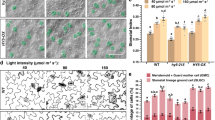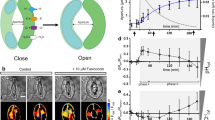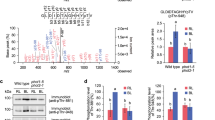Abstract
IN order to test the effect of the hydrogen ion concentration of the cell-sap on stomatal movement, experiments were made with the stomata of Tulipa, Scilla, Iris, and Tradescantia. It was found that the hydrogen ion concentration of the cell-sap of the guard-cells was approximately 4.5, while the epidermal cells were slightly less acid. The stripped epidermis was placed in buffer mixtures of known hydrogen ion concentration and left for two, six, twelve, and twenty-four hours respectively. The mixture used was the B.D.H. ‘Universal Buffer Mixture’. For each time interval, one set was kept in the light and another in the dark for comparison. It was found that, in the case of Tulipa, the stomata were closed between pH 1 and pH 5, and at pH 6,7, and 9 they were open, the maximum being at pH 7. In the dark the stomata were open at pH 5, 6, 7, and 9, the maximum being at pH 5. In the case of Scilla, the closure continued up to pH 6 in light, to pH 5 in the dark, with a maximum at pH 7.
This is a preview of subscription content, access via your institution
Access options
Subscribe to this journal
Receive 51 print issues and online access
$199.00 per year
only $3.90 per issue
Buy this article
- Purchase on SpringerLink
- Instant access to full article PDF
Prices may be subject to local taxes which are calculated during checkout
Similar content being viewed by others
Author information
Authors and Affiliations
Rights and permissions
About this article
Cite this article
SMITH, E., JOLLY, M. Stomatal Movement and Hydrogen Ion Concentration. Nature 129, 544 (1932). https://doi.org/10.1038/129544a0
Issue date:
DOI: https://doi.org/10.1038/129544a0



